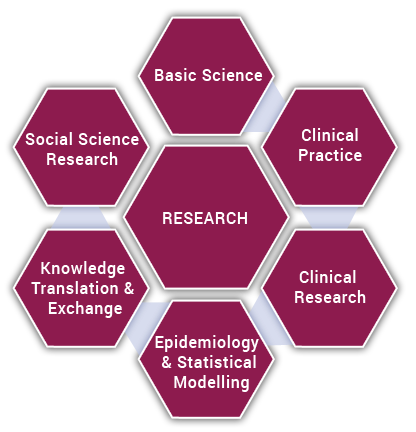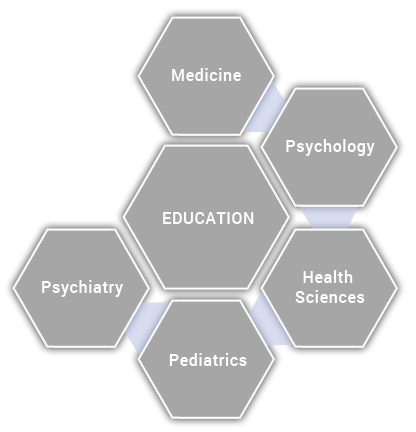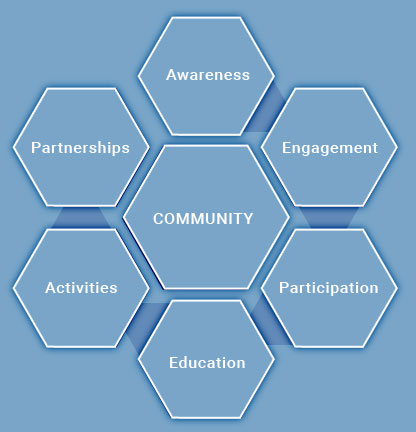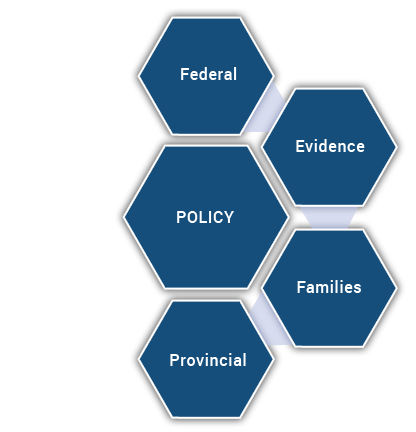The relationship between neighbourhood socioeconomic status and health of children with Autism Spectrum Disorder: A population-level perspective
My name is Ayesha Siddiqua, and I am a second year PhD student in the Health Research Methodology program at McMaster University. For my doctoral research I am working under the supervision of Dr. Magdalena Janus and examining the relationship between neighbourhood socioeconomic disadvantage and the developmental health of children with Autism Spectrum Disorder (ASD). Research shows that health is unevenly distributed across socioeconomic status (SES) – those living in poverty tend to have poorer health. It has been suggested that characteristics of individuals (e.g. individual SES) do not explain inequalities in health outcomes in a population. There is growing recognition that characteristics of groups, such as characteristics of neighbourhoods, may be the most important determinants of health of a population – which speaks to the importance of examining the impact of neighbourhood SES on the health of children with ASD.

The relationship between a neighbourhood’s SES and how common ASD is remains largely unexplored. It is possible that children who are otherwise similar but live in different neighbourhoods receive an ASD diagnosis at different ages, not due to their individual characteristics, but characteristics of the neighbourhoods they live in – leading to neighbourhood differences in ASD prevalence. Although characteristics of neighbourhoods can impact access to services as well as care-seeking behaviours, there is a lack of evidence on the relationship between neighbourhood SES and health service use among children with ASD. Low SES affects the speed of brain development, indicating that socioeconomic disadvantage is likely to have a stronger impact on children with ASD than on typically-developing children. However, there is little evidence on the relationship between neighbourhood SES and the development of children with ASD. Understanding the relationship between neighbourhood SES with prevalence, health service use, and development of children with ASD is crucial for identifying areas of need. This can help inform policy-level decision-making – for example, about the type and location of early identification and intervention services. From a public health planning perspective, this is a key first step for reducing socioeconomic inequalities in the health of children with ASD in different areas.
The objectives of my project are:
- to examine the relationship between neighbourhood SES and prevalence of children with ASD across jurisdictions;
- to examine the relationship between neighbourhood SES and health service use among children with ASD across jurisdictions;
- to examine the relationship between neighbourhood SES and developmental outcomes of children with ASD across jurisdictions. Jurisdictions refer to provinces, health regions, and public health units in the context of my project.
My project will use data from a large population-wide database of child development gathered in kindergarten by the Early Development Instrument (EDI). The EDI is a teacher-completed questionnaire that provides information on children’s developmental status in 5 areas: physical, social, emotional, language/cognitive, and communication/general knowledge. EDI data have been matched at the neighbourhood level with SES information from the Canadian Census and Taxfiler data. This EDI-SES database will be also linked with health service utilization databases from British Columbia, Manitoba, and Ontario. Statistical methods will be used to examine the relationships between neighbourhood SES with ASD prevalence, developmental outcomes, and health service use.
I hope that the findings from my project will provide information on how neighbourhood socioeconomic disadvantage affects the health of children with ASD, which is currently not available. More practically, this information can help to customize service planning based on the different needs that different areas have. For example, if developmental outcomes of children with ASD living in neighbourhoods with higher SES are found to be better than those living in neighbourhoods with lower SES, policy makers can focus on establishing more early intervention services in neighbourhoods with lower SES to support the development of children with ASD living in those areas. Integrating the findings of my project in a variety of policies and programs in areas of health, education, and economic/social development can generate significant return on investment not only for society, but also families of children with ASD.




